One of NASA’s space suits now has two Wi-Fi clients and three Wi-Fi antennas.
NASA astronaut Kate Rubins wore a Wi-Fi® enabled helmet camera during an extravehicular activity on 28 February 2021 to demonstrate a high-definition live video streaming application. Rubins and NASA astronaut Victor Glover were attaching brackets so that new-technology solar panels could be added to the solar arrays. The crew inside the International Space Station cabin were able to see the video on a laptop, while the support team on the ground also used the video to coach the pair through a grueling procedure that was beleaguered by two stuck bolts and a damaged glove. NASA refers to the camera by a stacked acronym, it is the High Definition Extra-Vehicular Mobility Unit (EMU) Camera Assembly, or HECA.
NASA astronaut Kate Rubins covers the hatch after egressing from the crew airlock. The crisp photo is a video frame that was streamed live from the new high-definition wireless camera mounted beside her helmet. (Source: NASA)
Although eight access points (APs) now provide service outside of the space station, Rubins and Glover needed to work together at the farthest port-side end of the space station’s main truss. That is presently about 50 meters from the nearest Wi-Fi infrastructure, and the view is blocked by the station’s solar panels and thermal radiator panels. The nearest infrastructure points consist of antennas outside the space station cabled to an AP inside the space station. Despite the challenges of distance, cables, structural blockage, and roaming, the live high-definition video was available during most of the work, and the camera’s client switched quickly between APs as Rubins changed position and orientation.
While the pair were as far from the airlock as an astronaut can climb, pausing for a routine glove check Glover observed a split in the rubbery coating at the left index finger crease of his glove. It appeared to be a small hole. Any damage to the protective layers of the glove could leak oxygen from his suit. Victor struggled to decide how much damage he was seeing.
“When Kate gets over here, maybe I can show you in the HECA.”
“Yep, and that’s exactly what we were thinking, Ike” mission control replied.
After some high-definition inspection under artificial lighting, the Capsule Communicator (CAPCOM) advised Glover, “Ike, I think we have as good a view of that glove as we’re going to get. Just minimize the use of that hand.”
Victor Glover’s standard definition camera did not convey enough detail for the ground to inspect the damage to his glove. (Source: NASA)
After Kate Rubins moved to use her new helmet camera to inspect damage on Victor Glover’s glove, CAPCOM relayed the decision to continue the spacewalk and “just minimize the use of that hand.” (Source: NASA)
A gradual approach to technology transition
The cameras were delivered to the space station in November 2019 to support servicing of the Alpha Magnetic Spectrometer, but instead remained in storage until the crew had time to retrofit the suits with a package of upgrades. In November 2020, the population of the space station more than doubled when the first operational SpaceX Crew Dragon docked with a manifest of four astronauts. And in early February, Rubins assembled a camera, turned it on to make certain it worked, and then installed the first of the cameras onto the “EV1” (red stripes) space suit.
Kate Rubins pauses to read an interactive crew procedure from a Wi-Fi connected tablet that floats hands-free. (Source: NASA)
NASA astronaut Kate Rubins connects the power cable as she installs the first high-definition helmet camera onto her space suit. (Source: NASA)
The HECA up-streams live HD video through Wi-Fi for viewing by the crew and on the ground. The HECA HD video is also recorded to internal storage, and segments can be recovered afterward by uploading over Wi-Fi for return-link to the ground.
HD video will help with close-out photo-documentation that recently has been performed using a hand-held Nikon D5 or GoPro video. A ground console operator in the Mission Control Center (MCC) using the call sign “CRONUS” can command the video encoder in the new camera to a wide range of streaming rates. CRONUS can also use the camera to take still photos. The crew inside the space station can now display the video on a laptop to help them track the spacewalk as it progresses, and therefore CRONUS can configure the camera to stream to two destination addresses over wireless so that both the crew and the ground can observe simultaneously.
The camera uses a pair of low-profile circularly polarized antennas that are oriented to achieve omnidirectional aggregate coverage rather than overlapped antenna coverage. Low profile antennas on a suit are less likely to snag or break and are therefore preferred as it is not uncommon for the suit to drift against the structure as the astronauts climb, reach, twist tools, or float through narrow openings. The camera supports Wi-Fi CERTIFIED™ ac, also known as Wi-Fi 5. The Wi-Fi client adapter in the HECA is the first client to support Wi-Fi CERTIFIED LocationTM, opening the possibility that someday ground control teams will be able to plot the spacesuit location during critical operations, or that a future suit informatics system can know its own relative location by using the Wi-Fi infrastructure to gauge distances.
The U.S. space suits already had a Wi-Fi client, an engineering data recorder that debuted in March 2019. The EMU Data Recorder (EDaR) live-streams non-critical low-rate telemetry.
Chris Cassidy modeled the prototype high-definition digital helmet camera (round lens on left), as he rehearsed the Alpha Magnetic Spectrometer servicing EVA in 2019. The camera was part of a larger suit upgrade package that waited over a year on-board the space station for the crew to have time to install. Legacy cameras (square lenses on right) continue to provide standard definition video. (Source: NASA)
NASA has deployed eight mixed-vendor Wi-Fi 4 access points to provide coverage outside of the International Space Station. Other external payloads have been stationary, so the suits are NASA’s first mobile outdoor Wi-Fi clients. Some special engineering is needed to increase the agility of the Wi-Fi connection managed by the cameras as they move outside the space station. The activity allowed NASA to evaluate impacts to the network before adding a camera to the second suit.
Wi-Fi was the obvious choice for the HD suit camera. The existing wireless video infrastructure cannot support digital signaling, and the Intel single-board computer selected to perform video encoding already included a Wi-Fi radio. Wi-Fi coverage surrounding the space station is already good, and additional hardware is ready to install as needed to further improve coverage.
Technology, past and future
There was a time before Wi-Fi. The HD camera retired the widest and least-used view among the three selectable analog National Television System Committee (NTSC) standard definition cameras in the legacy system. These helmet cameras appeared on space suits in December 2000, to support the assembly work for the space station. The radio technology for these legacy cameras derives from a terrestrial design that provided cockpit video for NASCAR races during the 1990s. This system is designed to be supported by three infrastructure points on the space station, each point can support a video stream from one space suit. The HECA demonstration comes as the analog system is approaching “end of life.” In fact, the new camera demonstrated far superior wireless coverage when viewed beside the standard definition camera during the activity because one of the legacy infrastructure points had failed and needed to be replaced. The legacy system will continue to operate as the community works through the technology transition.
Cosmonaut Sergey Ryazansky with GoPro strapped to left arm. Source: NASA
Space suit live video greatly improves situational awareness on the ground and on the space station, but it is not considered critical. The Russian Orlan suits do not have a helmet camera of their own, but since 2013 have been outfitted with a GoPro to record video and then upload it to the network after returning inside using interior Wi-Fi. The NASA helmet cameras are sometimes used on the Orlan suits, and the new cameras are expected to appear soon on both NASA suits, and the Russian Orlan suits as well.
The current generation of space suit debuted on the Space Shuttle in 1983. As NASA develops the latest statement in celestial fashion for its next walk on the moon, many updates are being incorporated. Expect the functions that Wi-Fi has helped retrofit onto today’s space suits, to be integrated into the next-generation lunar suit design.
Trade names and trademarks are used in this report for identification only. Their usage does not constitute an official endorsement, either expressed or implied, by the National Aeronautics and Space Administration.
The statements and opinions by each Wi-Fi Alliance member and those providing comments are theirs alone, and do not reflect the opinions or views of Wi-Fi Alliance or any other member. Wi-Fi Alliance is not responsible for the accuracy of any of the information provided by any member in posting to or commenting on this blog. Concerns should be directed to info@wi-fi.org.



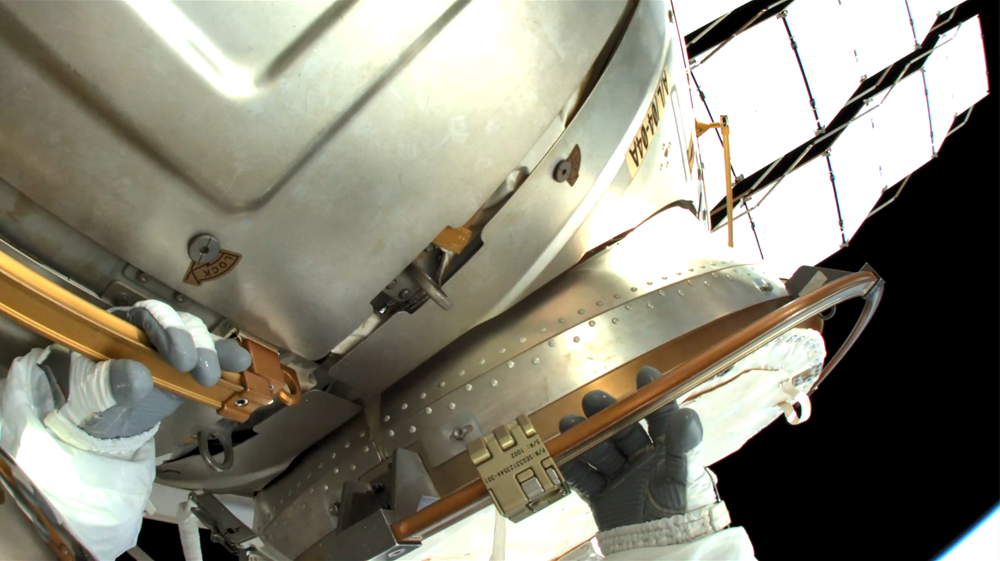
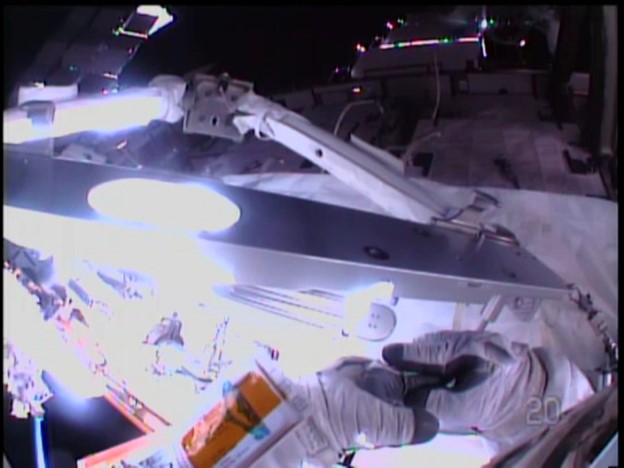
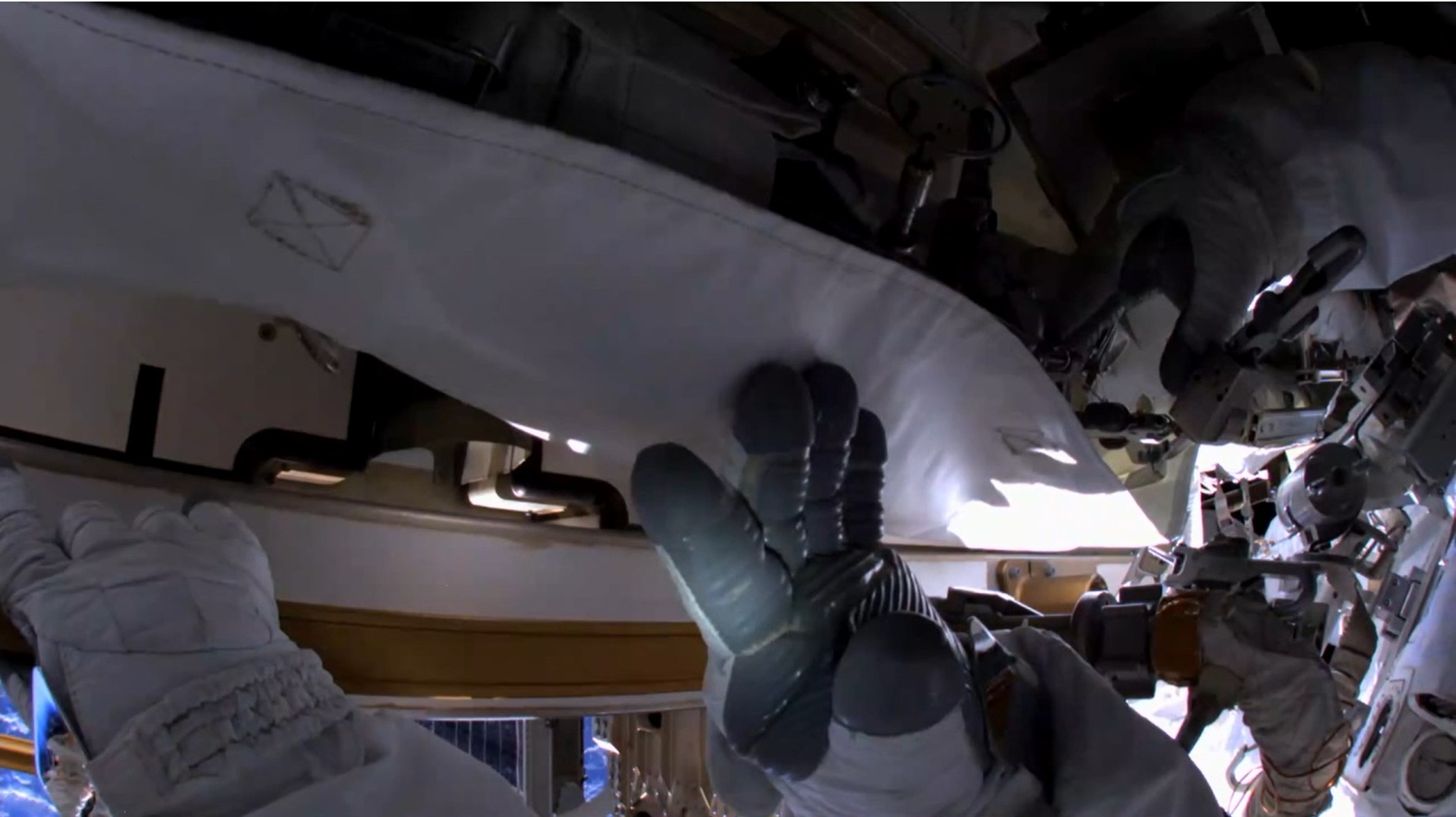
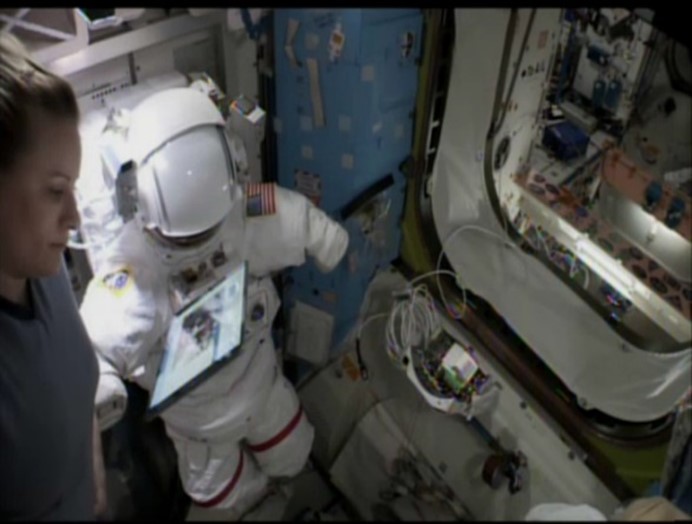
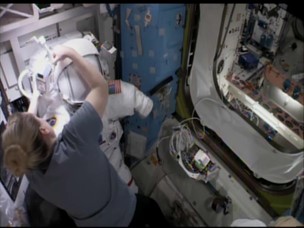
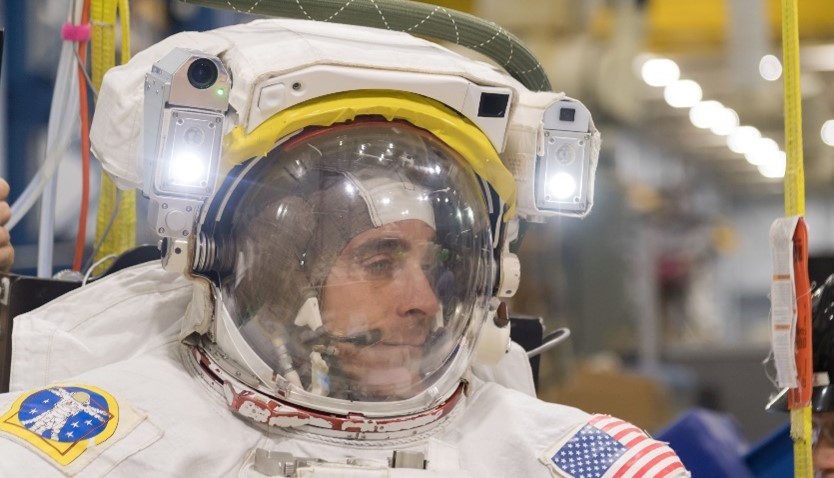
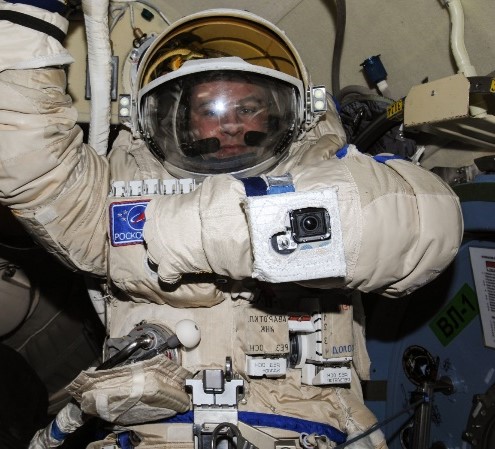

Add new comment